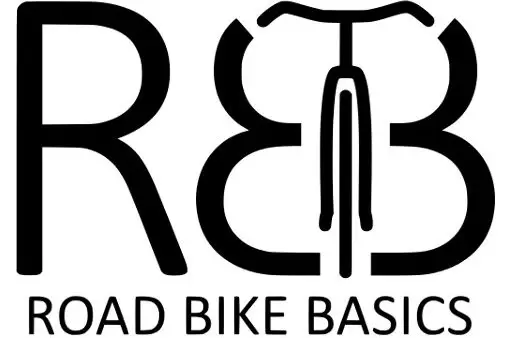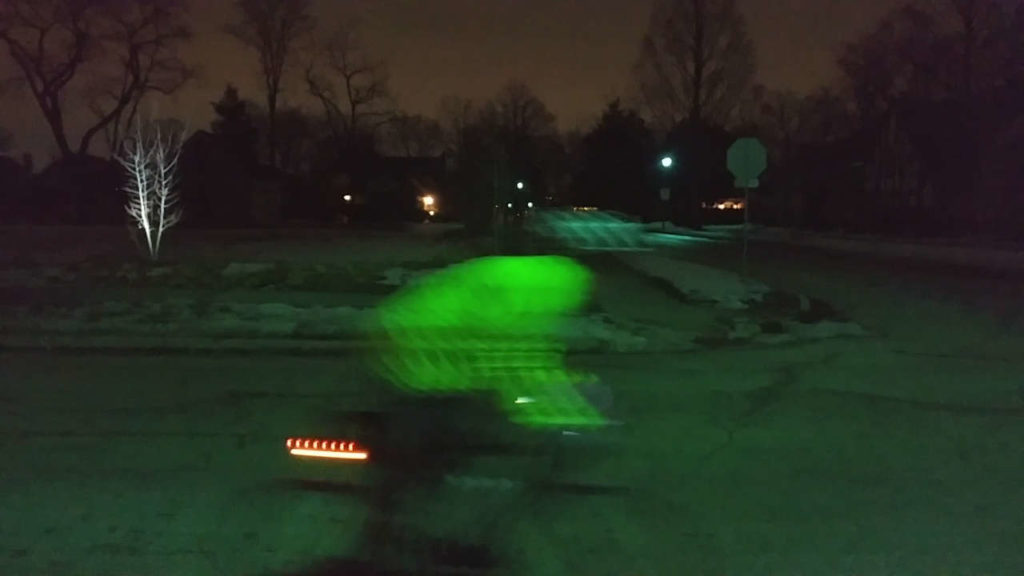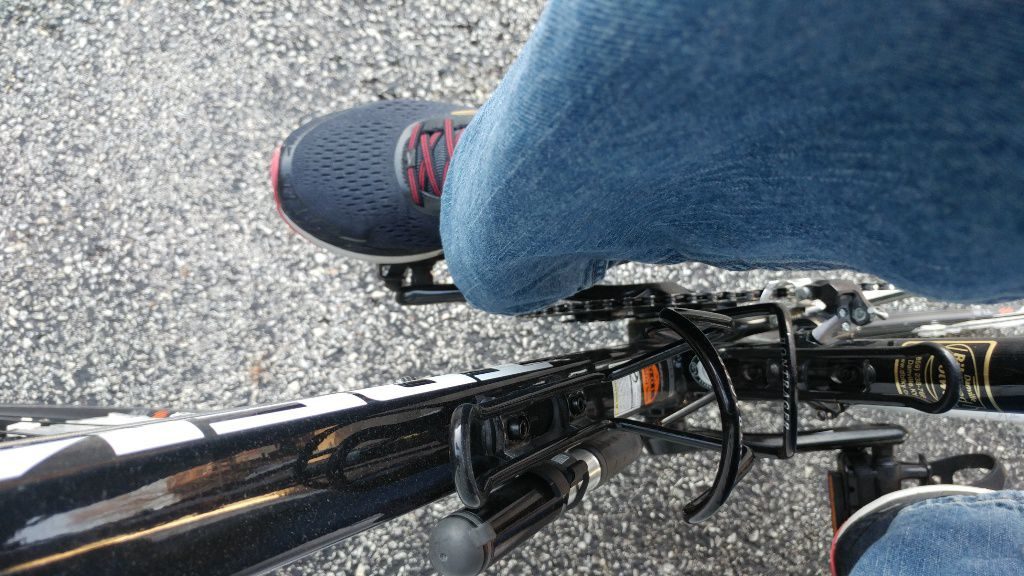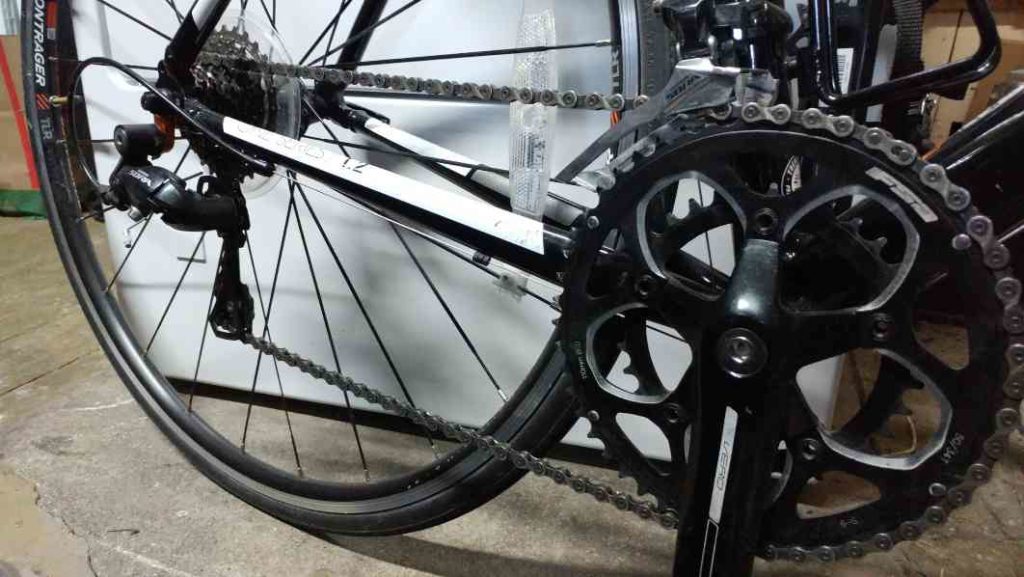Riding at night can be a rather daunting task. If you have only ever ridden in broad daylight and decent weather, the idea of intentionally riding when it’s hard to see and be seen can make even experienced cyclists anxious. However, I hope that this article will give you the knowledge you need to get out there and confidently ride at night.
Stay safe riding your bike at night by using lights to “see and be seen”, picking a familiar, well-lit route, and riding carefully and confidently.
That breaks down into three main portions, “see and bee seen”, planning your route, and choosing a riding style.
See and be seen
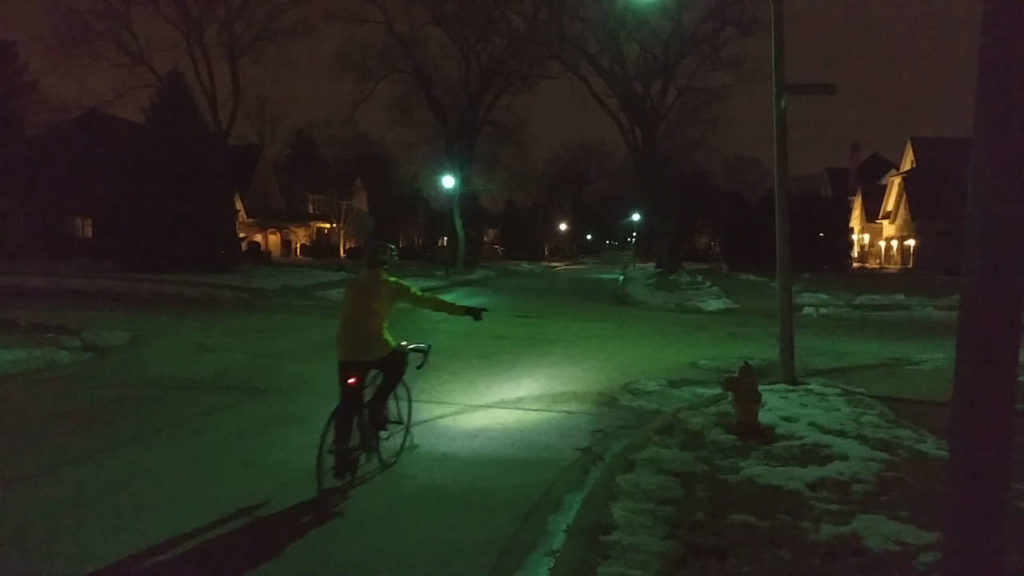
Most accidents involving cyclists happen when a car and a cyclist collide at an intersection. I can only imagine that most of those drivers will say the same thing, “I didn’t see them.” So, it’s pretty obvious that keeping yourself visible is your best first line of defense while staying safe riding your bike.
However, not everyone can just wear a suit made of LEDs so you’ll be seen and mount a spotlight to your bike to light up the road in front of you. Instead, I suggest just wearing a brightly colored shirt and having moderately powerful lights.
Here’s is a link to a bike light on Amazon that is pretty similar to the one that I use. If you’re interested in some of my other gear suggestions, you can visit my Recommended Gear page.
On top of seeing and being seen, you’ll also need to make sure that you bring your cell phone and a small repair kit. We all hope that we never need to use them on a ride, but I’d much rather have them and not need them than need them and not have them.
Now that we have the defensive methods out of the way, what can you actively do to protect yourself while riding at night?
Route Planning
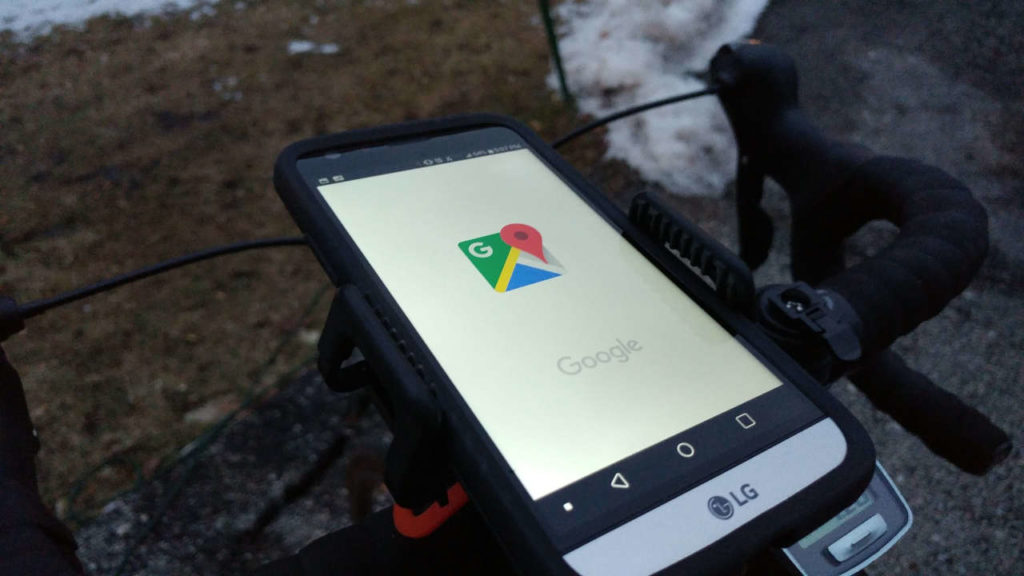
When riding at night, the most important part of your route is just being intentional. Don’t start it without a plan. The last thing you want to do is end up on a stretch that you forgot was completely unlit with lots of pot-holes.
The ideal route is well lit by street lights, has a small to medium amount of traffic, and is one that you are very familiar with.
A Well Lit Road
If the route isn’t very well lit, you can always opt for a much larger front light. If your light is above 800 lumens, then it should be enough to illuminate a dark road in front of you. However, it is always easier to see a rider when there are plenty of street lights illuminating the road.
Low Traffic
To be clear, when I say “traffic” I am including foot/cycling traffic along with cars. You may be tempted to choose a route that has no traffic whatsoever. I would warn against long stretches like that, though. If you are in an accident, you’ll want there to be enough traffic for someone to notice and be able to help if you need it.
As well, too much traffic just makes it more likely that you’ll get hit or run off the road. So, it’s usually best to stick to a side road and not the main streets.
One You Are Familiar With
The last thing you want on an evening ride is to get lost. Even though most of us have a GPS on our cell phones, it’s so much easier to accidentally get turned around when it is dark. Selecting a route that you have done many times is your best bet at instinctively knowing where to go.
Riding Style
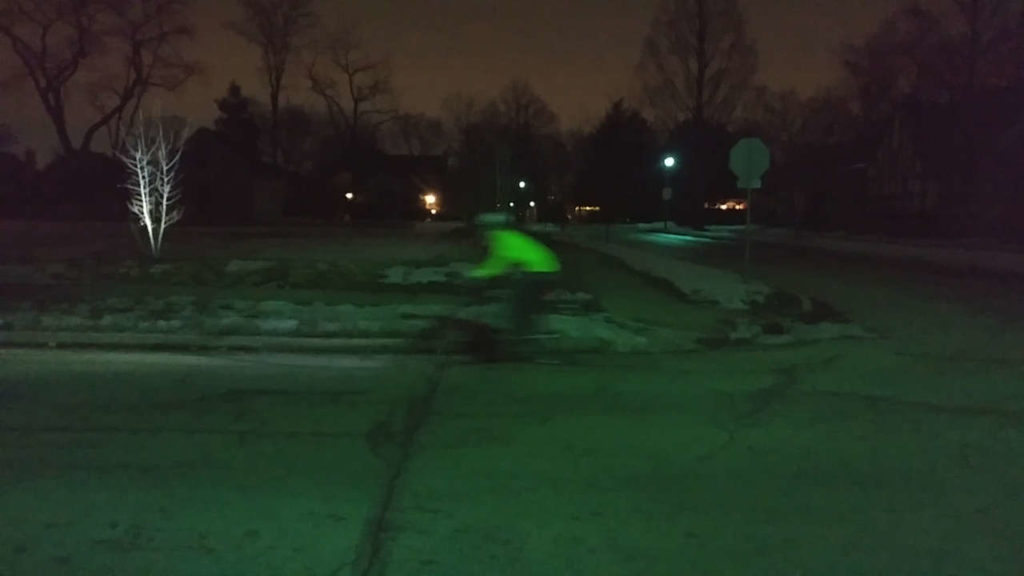
Slow down
While you don’t have to get along at a crawling pace, slowing down while riding in the dark has multiple advantages. The main advantage is that it gives you more time to notice and react to dangerous situations. This is especially true if you need to slam on your brakes because you’ll be able to stop much more quickly.
In the event that you can’t avoid an accident, the second advantage to riding more slowly is that the accident is likely to result in fewer and less severe injuries. This one is a bit more dependent on the type of accident, though. Collisions with pedestrians, another cyclist, or a piece of equipment will especially benefit the most from you slowing down. Your chance of injury when being hit by a car is a bit less dependent on your speed, but moving slower usually helps.
Be Cautious
This is different than just slowing down. At night, it’s literally just more difficult to see what you are going to hit, what’s going to hit you, and the signs that help you avoid accidents. So, it’s much more important to be on the lookout for potential dangers and to be ready to stop.
If you ride aggressively, the dark takes away a lot of what makes you able to ride safely during the day. Staying cautious means that you are just putting extra effort towards paying attention to your surroundings.
Be Predictable
By and large, this just means “follow the rules”. You are way more likely to get hit by a car if you blow through a stop sign than if you stop. No one wants to hit you (usually). If you explicitly tell someone what you are trying to do, they can act on that information and keep everyone as safe as possible.
That means stopping at stop lights and stop signs, traveling with the flow of traffic, and using hand signals. If you aren’t sure how to safely use hand signals on a bike, I’ve got an article that covers Cycling Hand Signal Basics.
If you keep following those tips, you’ll make it a lot easier to stay safe while riding at night.
Thanks for being here!
I make content that empowers people to enjoy riding their bikes.
Are you interested in learning more about that?
Here are some hand
